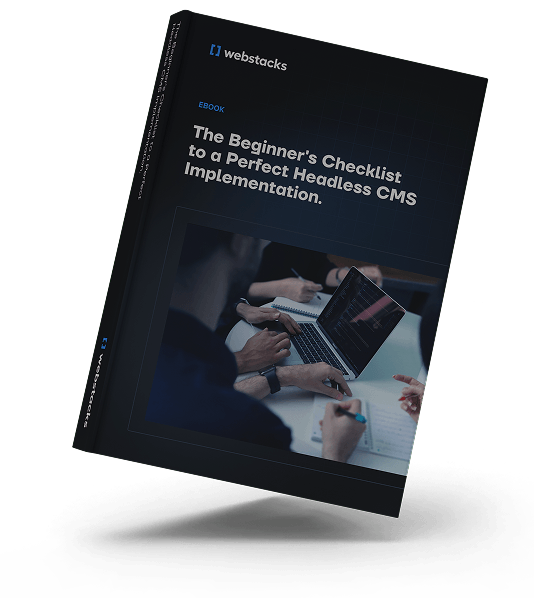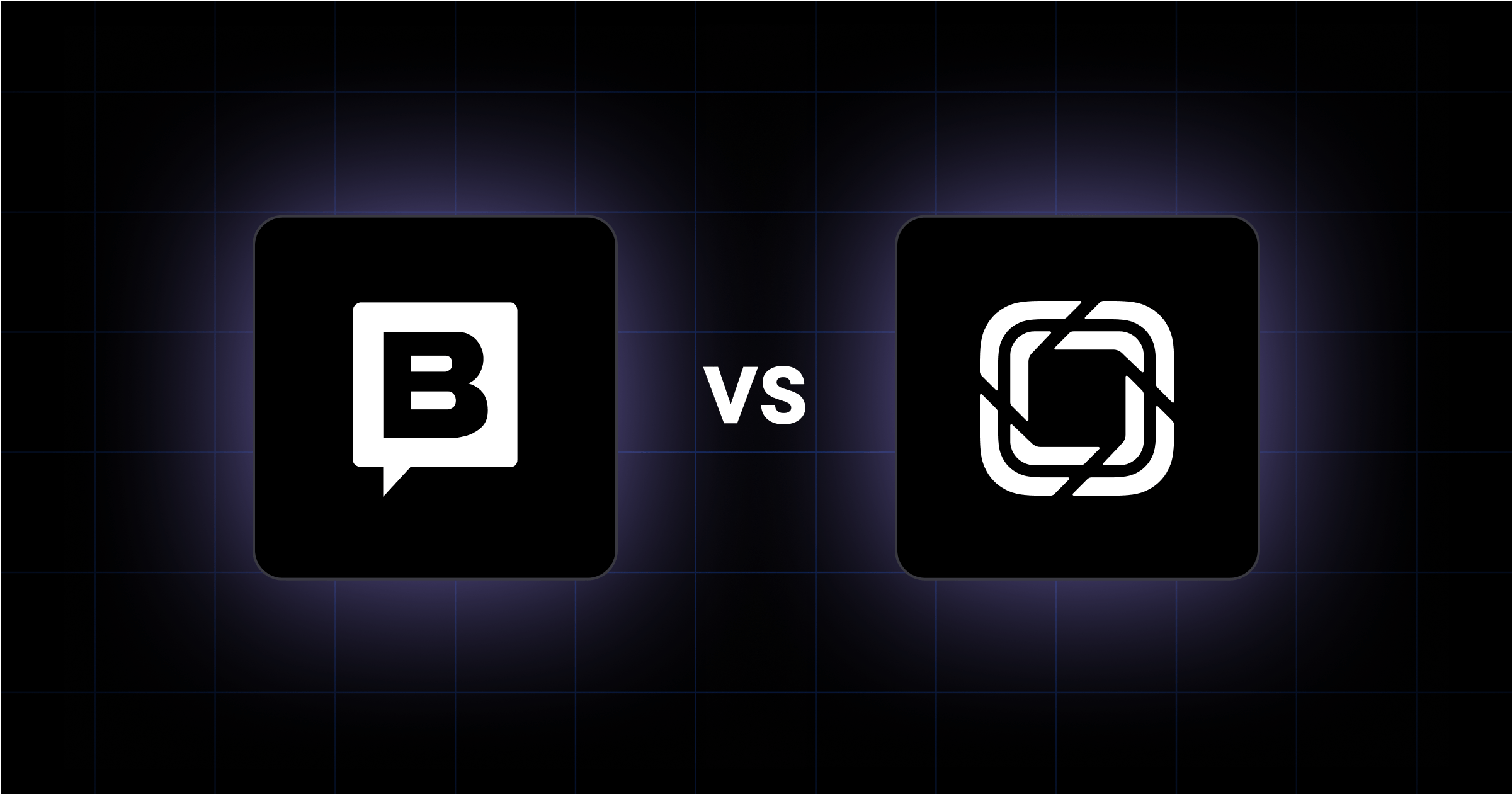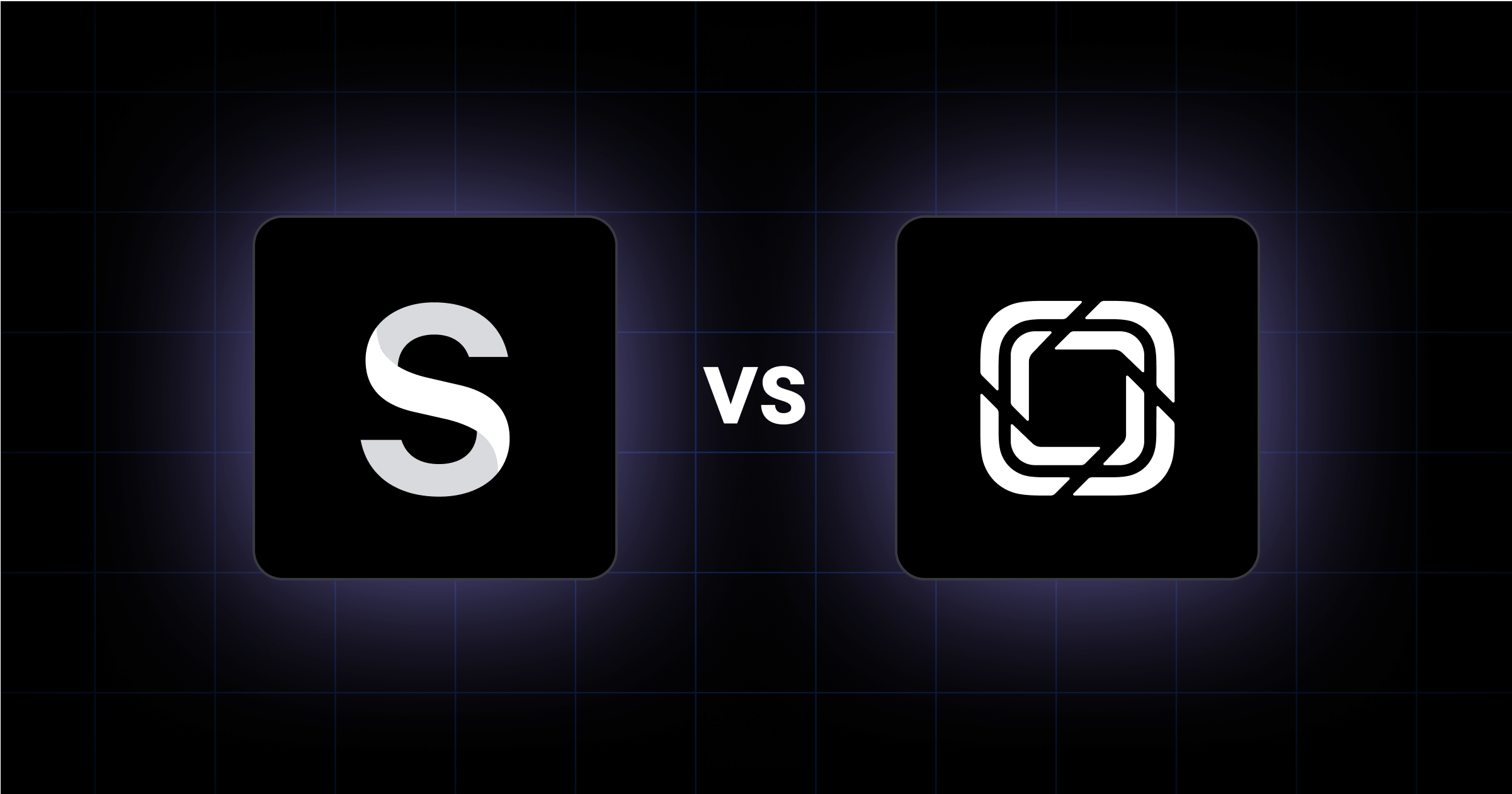For B2B teams, the choice between Contentful and Drupal comes down to one key question: do you want a traditional system or a modern, composable approach?
As a web development agency, Webstacks helps B2B startups and enterprises build scalable websites using the right tools for the job.
And while Drupal offers customization, we typically recommend headless CMS platforms like Contentful for teams that need speed, autonomy, and long-term agility.
If you’re deciding between Contentful and Drupal, this guide will help you choose the platform that fits your team’s structure and growth goals.
What’s the Difference Between Traditional and Headless CMS?
Before we get into Contentful and Drupal, it’s worth defining how these platforms approach content management.
Drupal is a traditional CMS. It was built to manage both your content and your frontend (how that content gets displayed) in one place. That works well if you’re managing a single website and have a team of developers who can handle customization.
Contentful, on the other hand, is a headless CMS. It stores content in a structured, backend-only format and leaves the frontend entirely up to you.
That separation gives your team the freedom to push content to multiple websites, apps, and channels.
Contentful vs Drupal: A Use Case Comparison
Choosing a CMS is about finding the right fit for your team’s workflow, growth stage, and marketing velocity. Here's how Contentful and Drupal compare across the dimensions that matter most to B2B organizations.
1. Ease of Use for Marketers
Despite common headless CMS misconceptions, Contentful is designed with structured content models that make life easier for marketers once everything is set up.
Teams can manage content across multiple channels from one place. And with proper component design, even non-technical users can update CTAs, hero sections, or entire pages without dev involvement. Its clean UI and intuitive experience make it a strong fit for cross-functional teams.
Drupal, by contrast, often requires more technical overhead.
While it has improved its editorial experience over the years, many B2B marketing teams still struggle with limited flexibility unless their developers heavily customize the backend experience.
For non-technical users, Drupal can feel outdated or overly complex.
Learn how Webstacks upgraded Calendly’s website with Contentful.
2. Developer Experience and Flexibility
Contentful gives devs the freedom to build with any framework, such as Next.js. It’s also easier to integrate into personalization, analytics, or localization tools.
Drupal provides customization capabilities thanks to its open-source architecture and thousands of available modules. For dev-heavy teams with complex needs, Drupal can be a powerhouse, but that flexibility comes with a steeper learning curve and higher maintenance requirements.
We often recommend Contentful for dev teams building composable frontends. But for enterprise B2Bs that need fine-grained control over content structure and logic, and have the in-house dev muscle, Drupal still holds up.
3. Scalability and Performance
Contentful is built for scale from day one. It handles large volumes of content, complex models, and multi-site architectures with ease. Its CDN-backed infrastructure ensures fast content delivery, even as you scale.
Drupal can scale, but you’ll need to plan for it. It typically requires self-hosted infrastructure or a managed provider (e.g., Acquia or Pantheon), and performance optimization becomes a manual process. That means more resources spent on devops and platform maintenance.
For fast-scaling SaaS or enterprise companies, Contentful’s out-of-the-box performance gives it a significant edge. You’ll spend less time managing infrastructure and more time building.
4. Governance and Workflow Control
Contentful offers role-based permissions and workflows. That said, complex multi-level approval chains or regulated publishing workflows might require external tooling.
Drupal excels here. Its editorial workflow system allows you to configure detailed publishing states, user roles, and permissions right out of the box. If your team needs strong compliance controls or deals with sensitive content, Drupal gives you native tools to manage it all.
Contentful works for most modern B2B workflows, but Drupal is better suited to organizations that need heavy governance and built-in compliance.

How to Make the Right Choice for Your B2B Business
If you're reading this, you're likely leading or supporting a website or content platform. And you need a website that can adapt to your business and perform.
So how do you choose between Contentful and Drupal? It depends on your team structure, growth goals, and the kind of digital experiences you’re trying to deliver.
Start with Your Team
Ask yourself: Who owns your site? Who updates it? And who’s waiting on who?
- Contentful is likely your best fit if marketing drives the site and needs autonomy to launch campaigns, test messaging, or make changes without dev involvement.
- If engineering owns the stack and you're comfortable with longer development cycles in exchange for more backend flexibility and customization, Drupal can serve you well.
Map Your Use Cases to the Right Platform
Here's a quick cheat sheet to help guide your internal decision-making:
Use Contentful if you:
- Need to scale across multiple products, regions, or websites
- Want to empower marketers to publish content without dev bottlenecks
- Are adopting a composable tech stack with tools like Next.js or Vercel
- Need a structured, scalable system to support personalization, A/B testing, or localization
- Care more about speed and flexibility than endless customization
Use Drupal if you:
- Require highly customized editorial workflows or approval hierarchies
- Need granular content governance out of the box
- Have a strong internal development team familiar with PHP or Drupal’s architecture
- Rely on open-source solutions and want to avoid licensing fees
- Are managing a complex content setup with unique permission needs across teams
What Webstacks Recommends
We’re a platform-agnostic agency. And we’ve implemented both Contentful and Drupal for our clients. But for most fast-scaling B2B brands, Contentful delivers the best balance of agility, scalability, and marketing enablement.
That’s why we recommend it for:
- SaaS companies scaling across multiple customer segments
- FinTech teams managing regional content regulations
- AI or Web3 startups launching iterative campaigns weekly
- Enterprise orgs looking to break content free from dev-only access
Still Exploring CMS Options?
If you’re weighing Contentful against Drupal, you’re likely in the middle of a major shift from monolithic CMS architecture to something more flexible. But if neither platform feels like a perfect fit, there are other options worth exploring.
Here are a few we recommend based on team structure and technical goals:
- Sanity: Ideal for developer-first teams that need complete control over content structure and want to build a highly custom editing experience.
- Storyblok: Combines visual editing with structured content, making it a strong fit for marketing teams managing global content at scale.
- Contentstack: Positioned as a full digital experience platform, it’s great for enterprise teams needing built-in workflows, localization, and cross-team governance.
- Builder.io: Built for modern frontend stacks, Builder.io empowers developers to maintain performance while giving marketers full visual control.
You can also download our headless CMS implementation guide to help you prepare for the transition:

We’ve also published other comparison guides you’ll find helpful:
Check them out to explore how each platform supports content teams, developers, and modern digital experience strategies.
Ready to Build a Scalable Website?
There’s no one-size-fits-all answer when it comes to choosing between Contentful and Drupal, but there is a right choice for your team and stage of growth.
If you’re a B2B marketing leader focused on speed, scale, and flexibility, Contentful offers the freedom your team needs to move faster and smarter.
If your organization needs customization, granular governance, and already has the dev resources to support a complex setup, Drupal still has its place, especially in regulated or legacy environments.
At Webstacks, we help B2B brands choose and implement the right CMS to unlock performance and digital scale. Whether you’re still deciding or looking to optimize what you’ve already built, we’re here to help.




